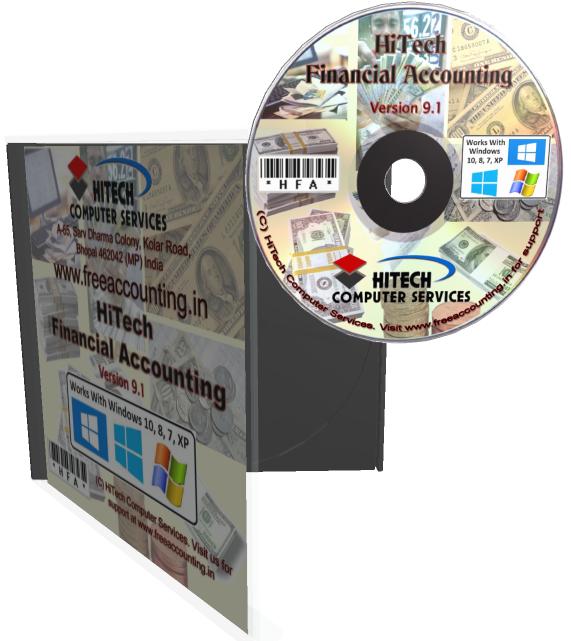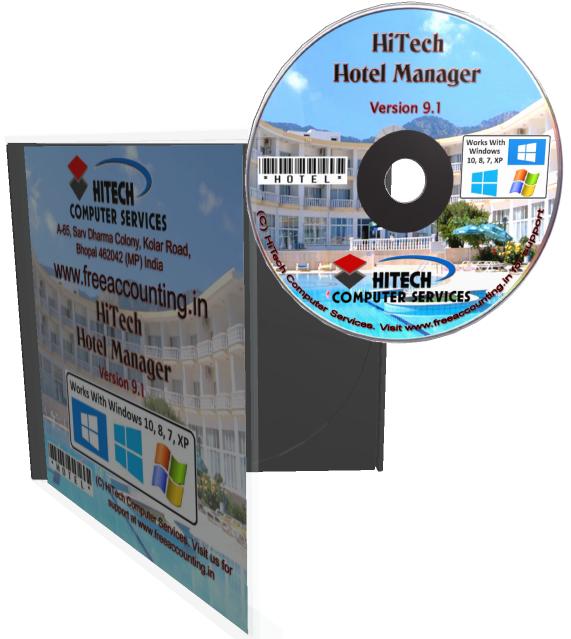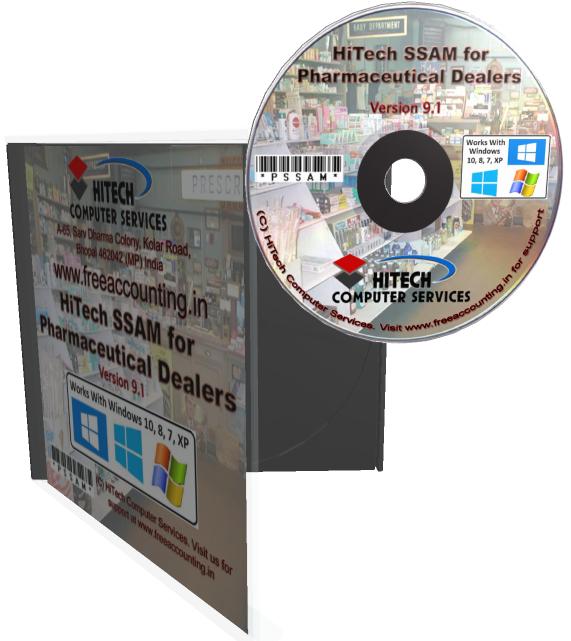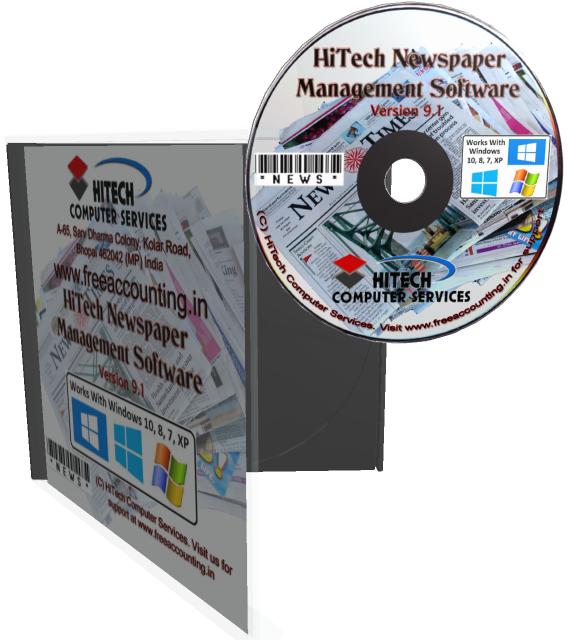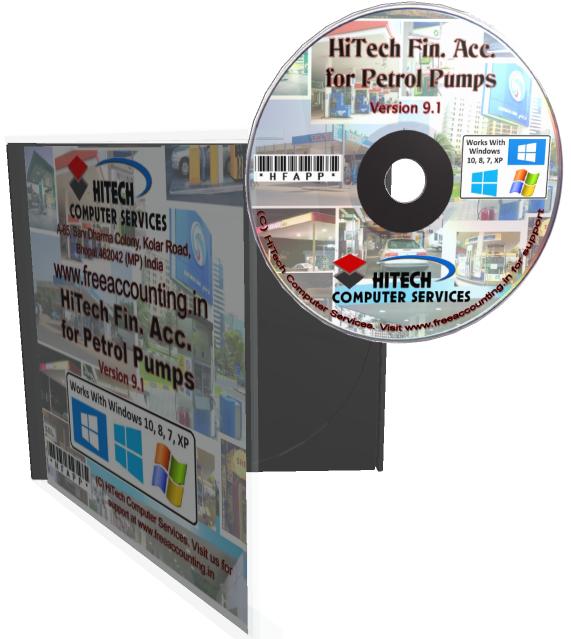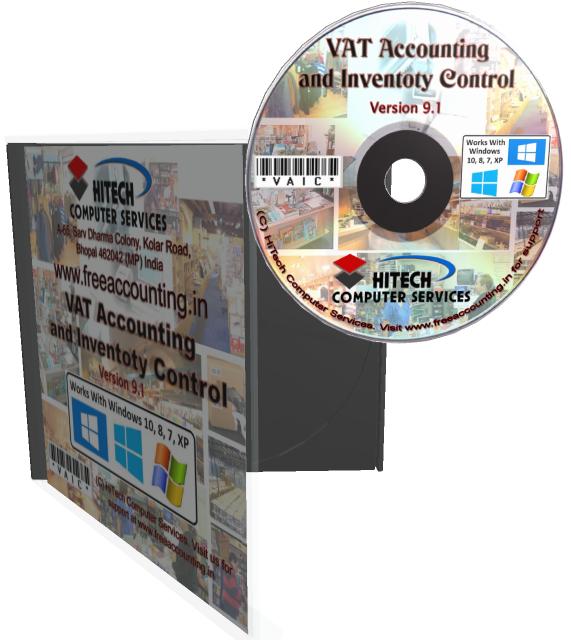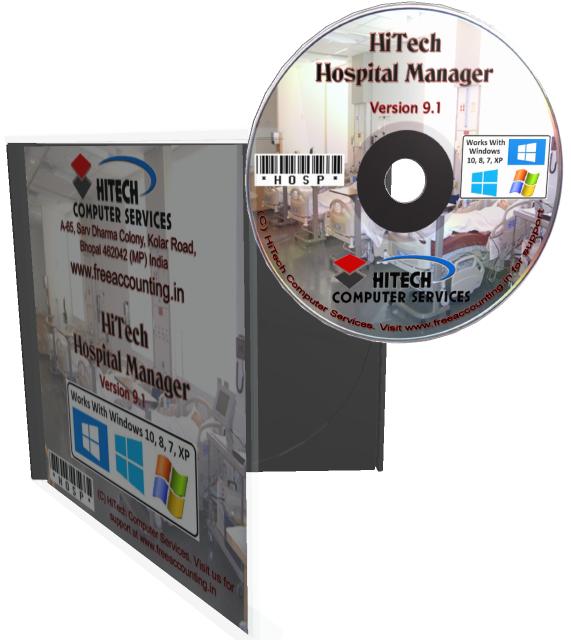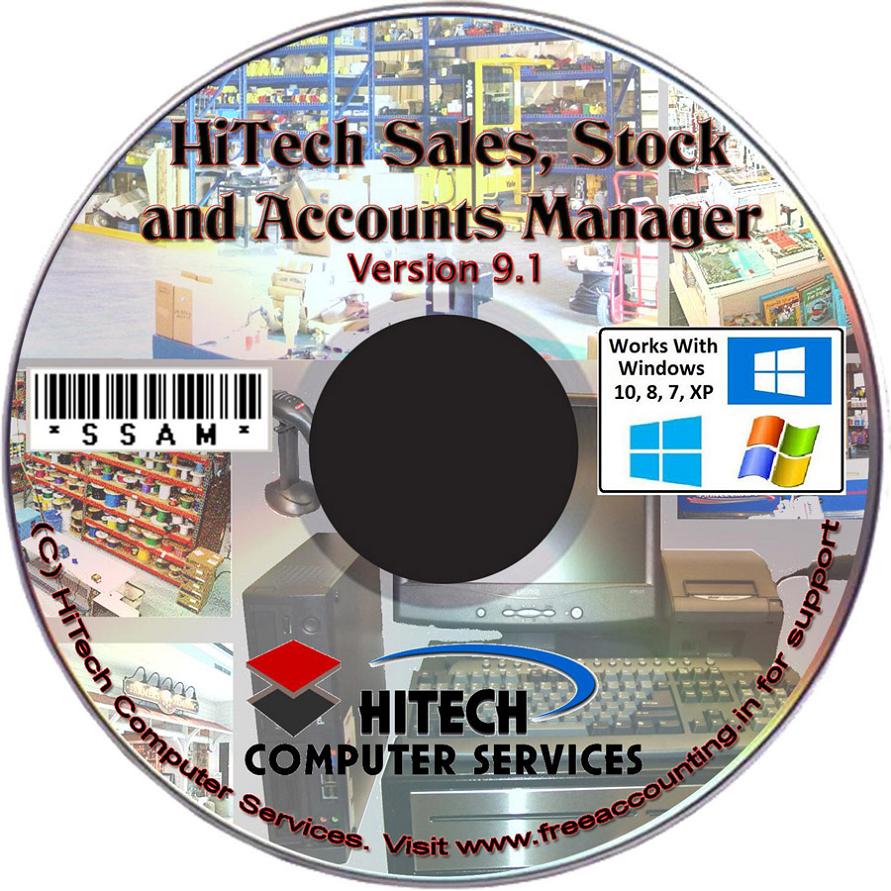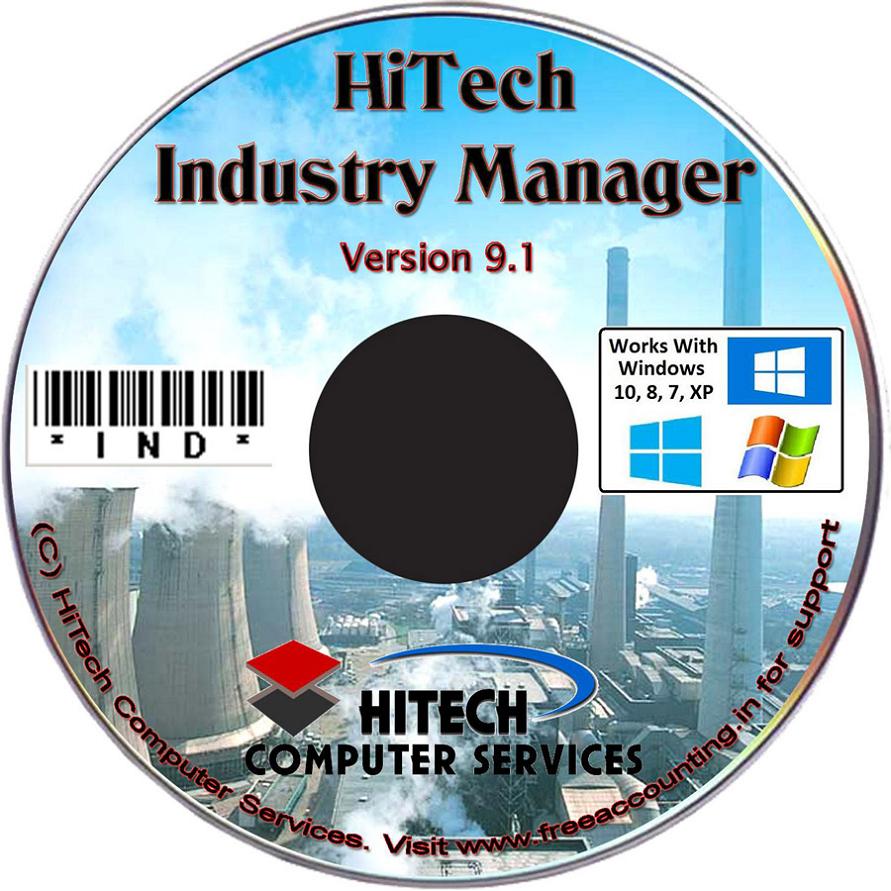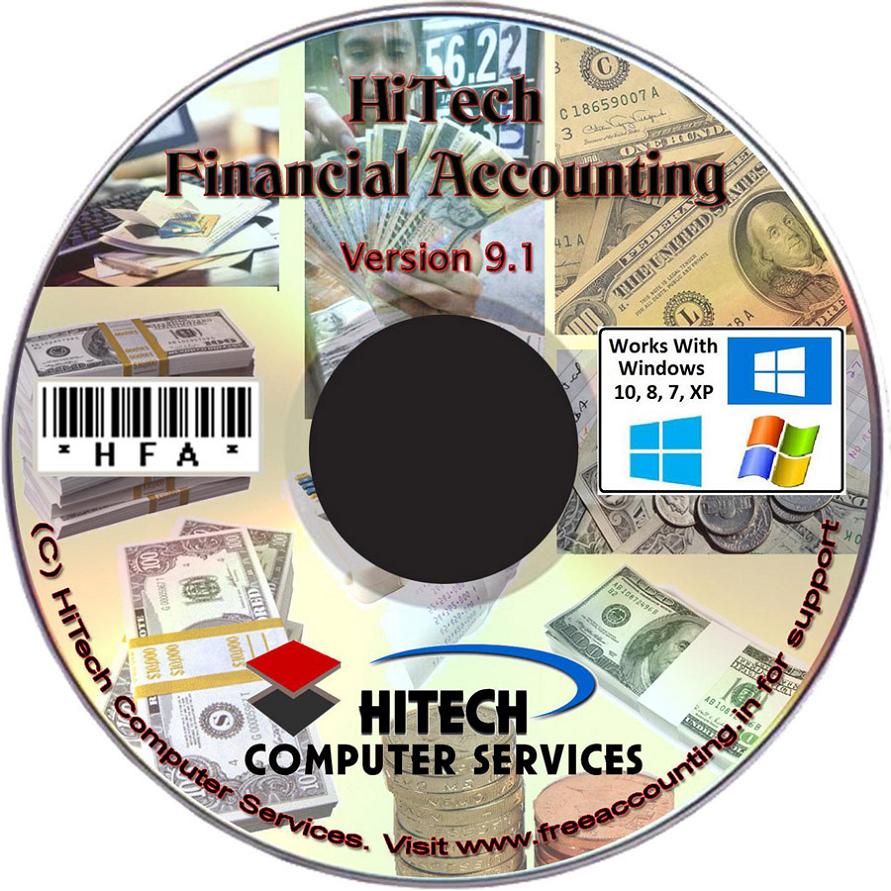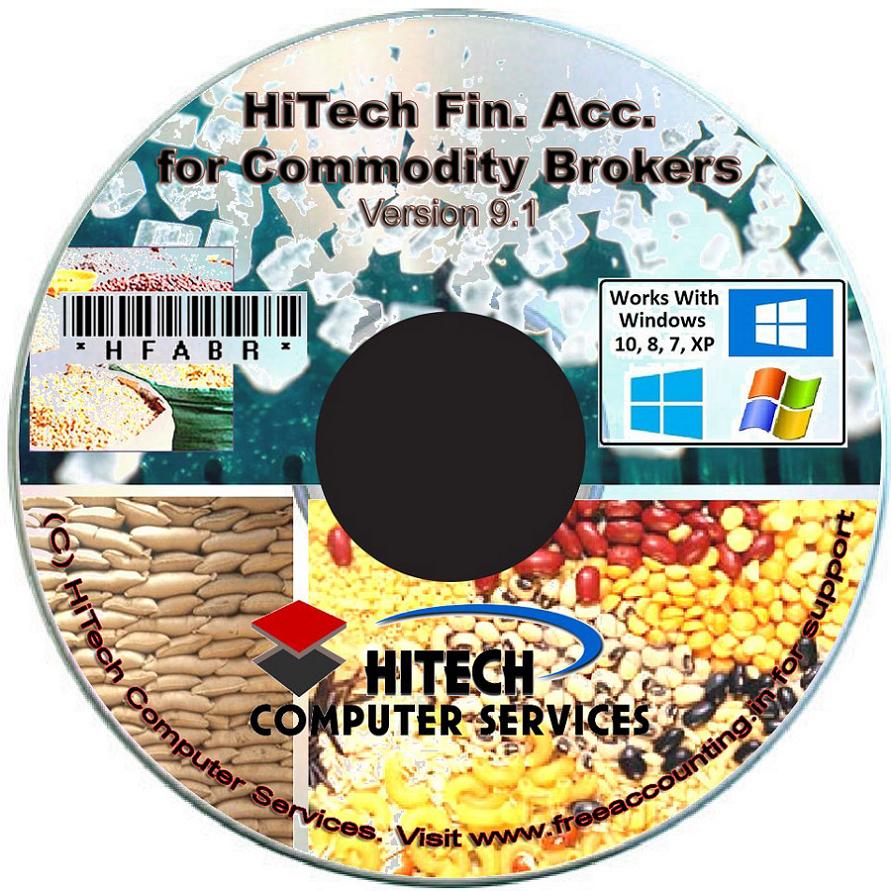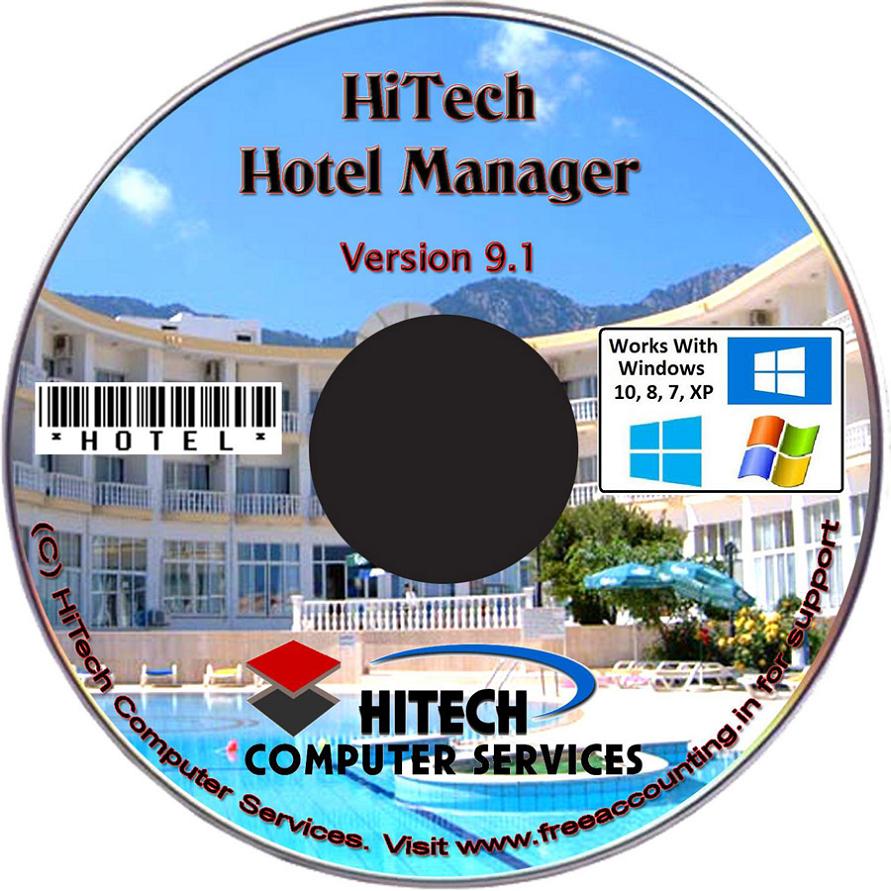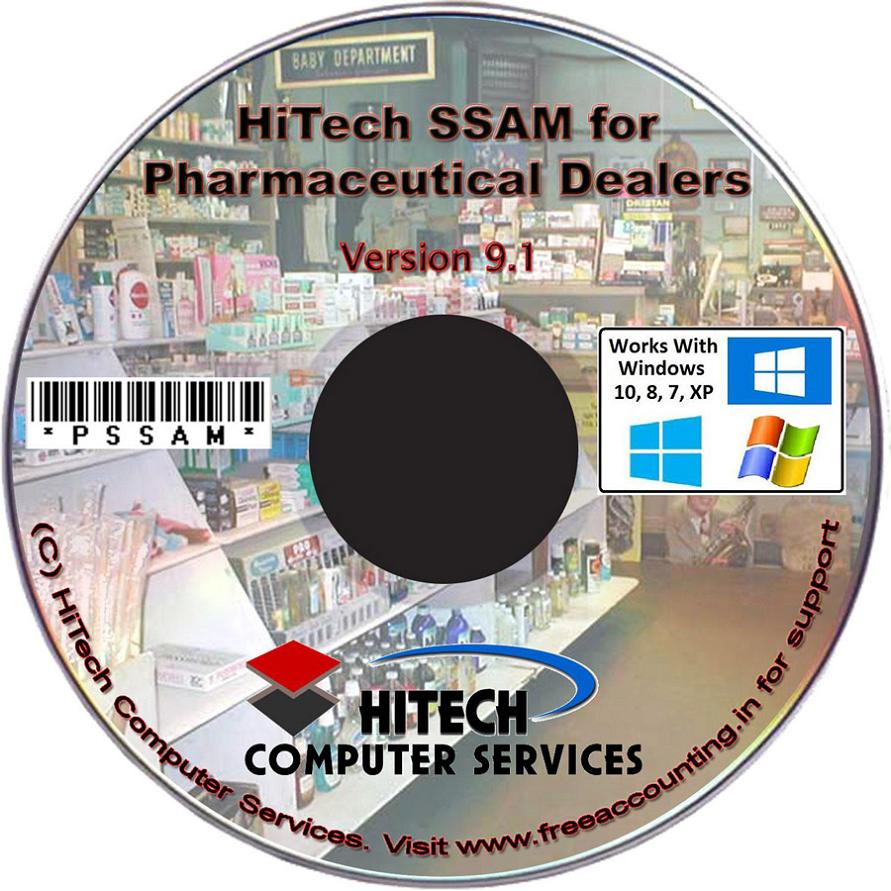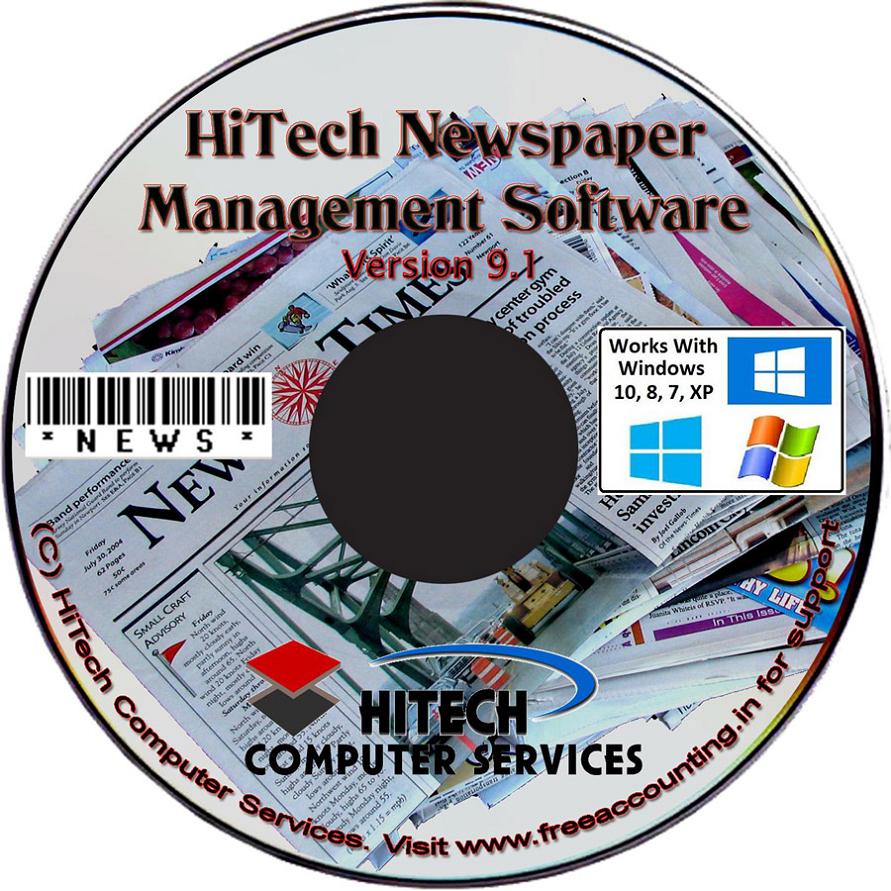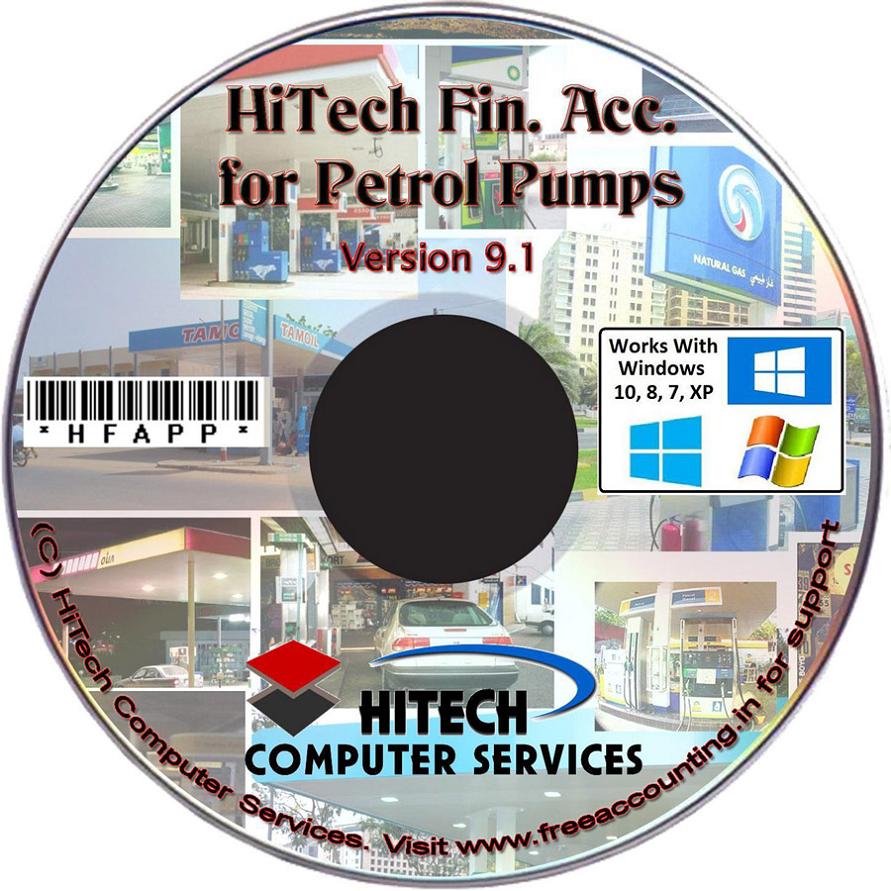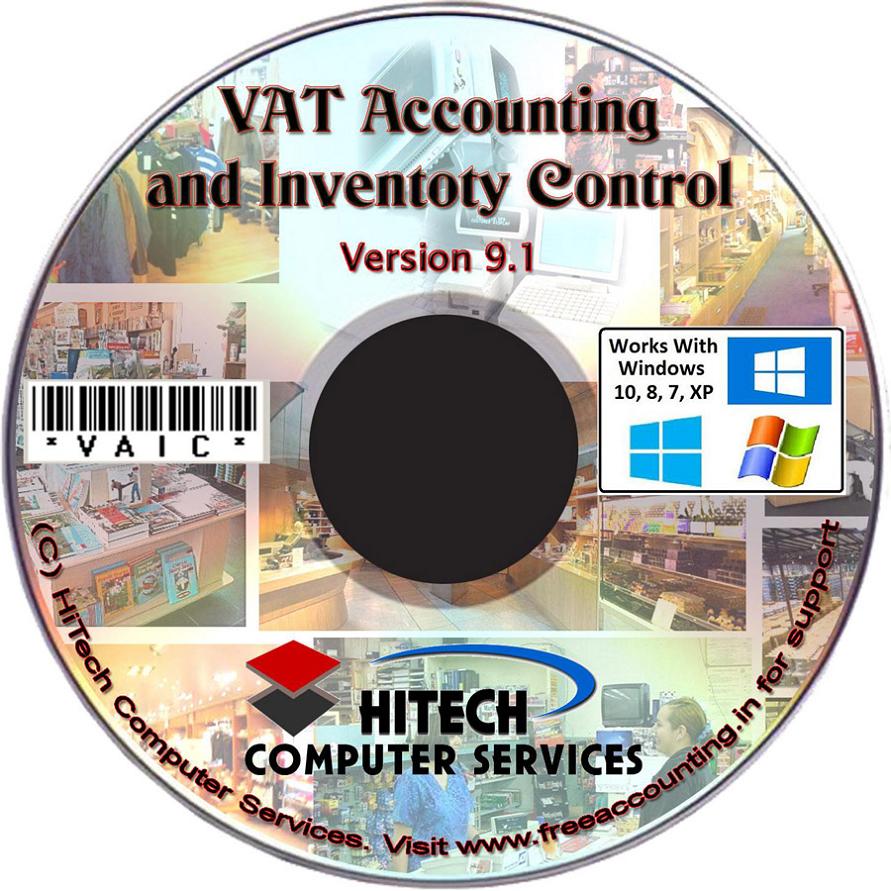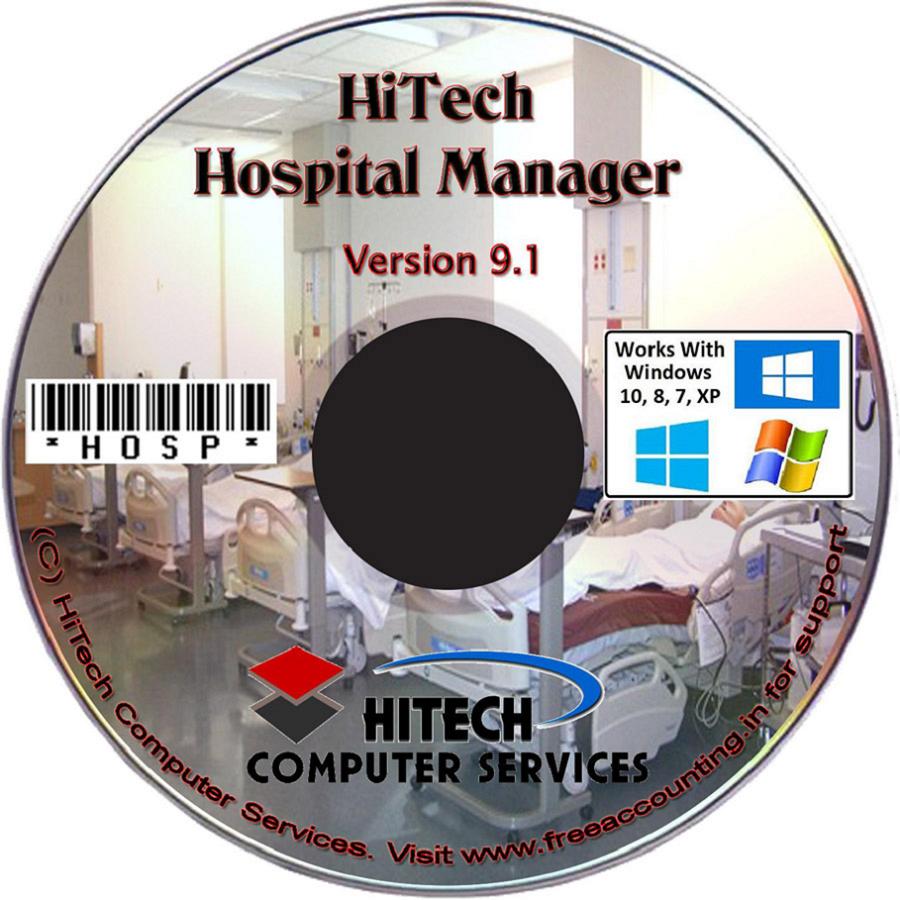Use of Barcode in Business Bar codes are like a printed version of the dit-dot pattern of telegraphic morse code. Different sequence of bars and spaces are used to represent different characters. Sets of these patterns are grouped together to form the set of barcode symbols. There are many types of bar code systems each having their own special characteristics and features. Most systems were designed to meet the needs of a specific application or industry. For example the UPC barcode was designed for identifying retail and grocery items while Code 3 of 9 or Code 39 is widely used for business, industrial and numerous other applications. We will have a look at various barcode systems below: CODE 39 (Normal and Full ASCII versions)  The Normal CODE 39 is a variable length barcode that can encode the following 44 characters: 1234567890ABCDEFGHIJKLMNOPQRSTUVWXYZ-. *$/+%. Code 39 barcode is the most popular barcode in the non-retail world and is used extensively in manufacturing, military, and health applications. Each Code 39 bar code is framed by a start / stop character represented by an asterisk (*). The Asterisk is reserved for this purpose and may not be used in the body of a message. The software automatically adds the start and stop character to each bar code therefore you should not include them as part of your bar code text. If your bar code text contains lower case characters, the software will convert them to upper case. If your bar code message contains any invalid characters, the software will prompt you with a warning message. Code 39 optionally allows for a (modulo 43) check character in cases where data security is important. The health care industry has adopted the use of this check character for health care applications. Another feature of Code 39 allows for concatenation of two or more bar codes. It is sometimes advantageous to break long messages into multiple shorter messages. If the first data character of a Code 39 symbol is a space, some readers will store the remainder of the symbol in a buffer and not transmit the data. This operation continues for all successive Code 39 symbols with a leading space, with each message appended to the previous one. When a message without a leading space is read, it is appended to the previously scanned data in the buffer and the entire buffer is transmitted as one long message. The FULL ASCII version of Code 39 is a modification of the NORMAL (standard) version that can encode the complete 128 ASCII character set (including asterisks). The Full ASCII version is implemented by using the four characters: $/+% as shift characters to change the meanings of the rest of the characters in the Normal Code 39 character set. Because the Full ASCII version uses shift characters in combination with other standard characters to represent data not in the Normal Code 39 character set, each non-standard character requires twice the width of a standard character in a printed symbol. Because all of the characters used to implement Full ASCII Code 39 are part of the Normal Code 39 character set, readers that do not support Full ASCII Code 39 will still read Full ASCII Code 39 symbols. The barcode reader will output shifted characters as if they were normal Code 39 characters. UPC-A, UPC-E, and UPC Supplemental UPC-A with Supplemental UPC-E   UPC-A is a 12 digit, numeric barcode used in retail applications. UPC-A symbols consist of 11 data digits and one check digit. The first digit is a number system digit that normally represents the type of product being identified. The following 5 digits are a manufacturers code and the next 5 digits are used to identify a specific product. UPC numbers are assigned to specific products and manufacturers by the Uniform Code Council (UCC). To apply for a UPC number or for more information, you can contact the UCC by visiting their website. When specifying UPC-A messages, you normally specify 11 digits and let your bar code printing software calculate the 12th check digit for you. (All TALtech bar code software products automatically calculate check digits for you.) UPC-E is a smaller seven digit UPC barcode for number system 0. It is often used for small retail items. For UPC-E bar codes, you normally specify 6 digits and let your bar code printing software calculate the seventh check digit for you. Both UPC-A and UPC-E allow for a supplemental two or five digit number to be appended to the main bar code symbol. This supplemental message was designed for use on publications and periodicals. If you enter a supplemental message, it must consist of either two or five numeric digits. The supplemental is simply a small additional bar code that is added onto the right side of a standard UPC symbol. Differences between Type A and Type E UPC Barcode UPC-E is also called 'zero suppressed UPC' because UPC-E compresses a normal 12 digit UPC-A number into a six digit code by 'suppressing' the number system digit, trailing zeros in the manufacturers code and leading zeros in the product identification part of the bar code message. A seventh check digit is encoded into a parity pattern for the six main digits. UPC-E can thus be uncompressed back into a standard UPC-A 12 digit number.
Most bar code readers can be configured to automatically convert 6 digit UPC-E numbers to 12 digit UPC-A numbers before they are transmitted to a host computer. The main difference between a UPC-A symbol and a UPC-E symbol is the size. Below is a UPC-A bar code on the left and the same data encoded as a UPC-E symbol on the right. | UPC-A
 | These two bar codes are equivalent. | UPC-E
 |
EAN-8 / EAN-13, BookLand and EAN Supplemental EAN-8/EAN-13 with supplemental (ISBN Version)  
EAN or European Article Numbering system (also called JAN in Japan) is a European version of UPC. It uses the same size requirements and a similar encoding scheme as for UPC codes. EAN-8 encodes 8 numeric digits consisting of two country code digits, five data digits and one check digit. B-Coder will accept up to 7 numeric digits for EAN-8. B-Coder will automatically calculate the check digit for you. If you enter less than 7 digits or if you enter any digits other than 0 to 9, B-Coder will display a warning message. If the option 'Enable Invalid Message Warnings' in the Preferences menu is not selected and you do not enter 7 digits, B-Coder will left pad short messages with zeros and truncate longer messages so that the total length is 7. EAN-13 is the European version of UPC-A. The difference between EAN-13 and UPC-A is that EAN-13 encodes a 13th digit into the parity pattern of the left six digits of a UPC-A symbol. This 13th digit, combined with the 12th digit, usually represent a country code. Both EAN-8 and EAN-13 support a supplemental two or five digit number to be appended to the main bar code symbol. The supplemental is designed for use on publications and periodicals. Supplemental messages must consist of either two or five numeric digits and will appear as a small additional bar code on the right side of a standard EAN symbol. EAN bar code numbers are assigned to specific products and manufacturers by an organization called ICOF located in Brussels, Belgium. Tel: 011-32-2218-7674 EAN-13 has been adopted as the standard in the publishing industry for encoding ISBN numbers on books. An ISBN or BookLand bar code is simply an EAN-13 symbol consisting of the first 9 digits of the ISBN number preceded by the digits 978. The supplemental in an ISBN bar code is the retail price of the book preceded by the digit 5. For example, if your ISBN number is 1-56276-008-4 and the price of the book is $29.95 then you would enter 978156276008 as the bar code message and 52995 for the supplemental. CODE 93 
CODE 93 is a variable length barcode that can encode the complete 128 ASCII character set. CODE 93 was developed as an enhancement to the Code 39 barcode by providing a slightly higher character density than Code 39. CODE 93 also incorporates two check digits as an added measure of security. Although CODE 93 is considered more robust than Code 39, it has never achieved the same popularity as Code 39. CODE 93 bar codes are framed by a special start/stop character. B-Coder will automatically add the start and stop characters as well as the check digits to each CODE 93 bar code therefore you should not attempt to include them as part of your bar code message. CODE 128  Code 128 is a variable length, high density, alphanumeric barcode. Code 128 has 106 different bar and space patterns and each pattern can have one of three different meanings, depending on which of three different character sets is employed. Special start characters tell the reader which of the character sets is initially being used and three special shift codes permit changing character sets inside a symbol. One character sets encodes all upper case and ASCII control characters, another encodes all upper and lower case characters and the third set encodes numeric digit pairs 00 through 99. This third character set effectively doubles the code density when printing numeric data. Code 128 also employs a check digit for data security. In addition to ASCII characters, Code 128 also allows encoding of four special function codes (FNC1 - FNC4). The meaning of function code FNC1 and FNC4 were originally left open for application specific purposes. Recently an agreement was made by the Automatic Identification Manufacturers Assoc. (AIM) and the European Article Numbering Assoc. (EAN) to reserve FNC1 for use in EAN applications. FNC4 remains available for use in closed system applications. FNC2 is used to instruct a bar code reader to concatenate the message in a bar code symbol with the message in the next symbol. FNC3 is used to instruct a bar code reader to perform a reset. When FNC3 is encoded anywhere in a symbol, any data also contained in the symbol is discarded. | 














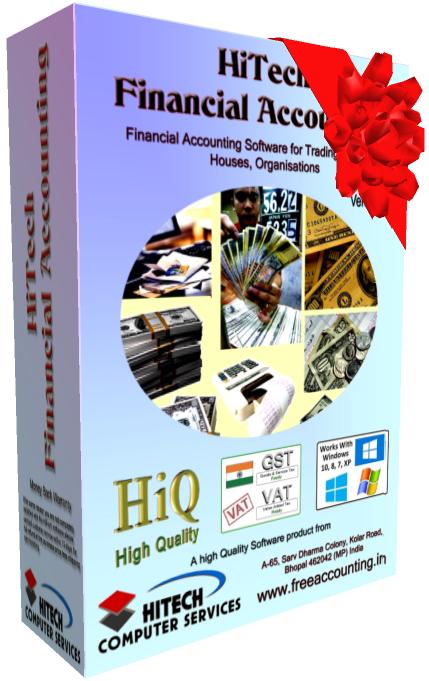

 VAT Ready
VAT Ready


